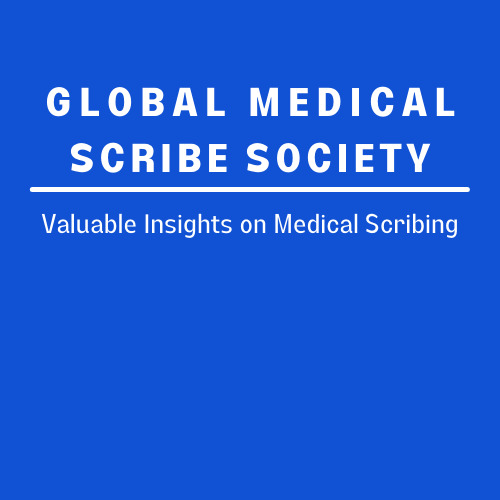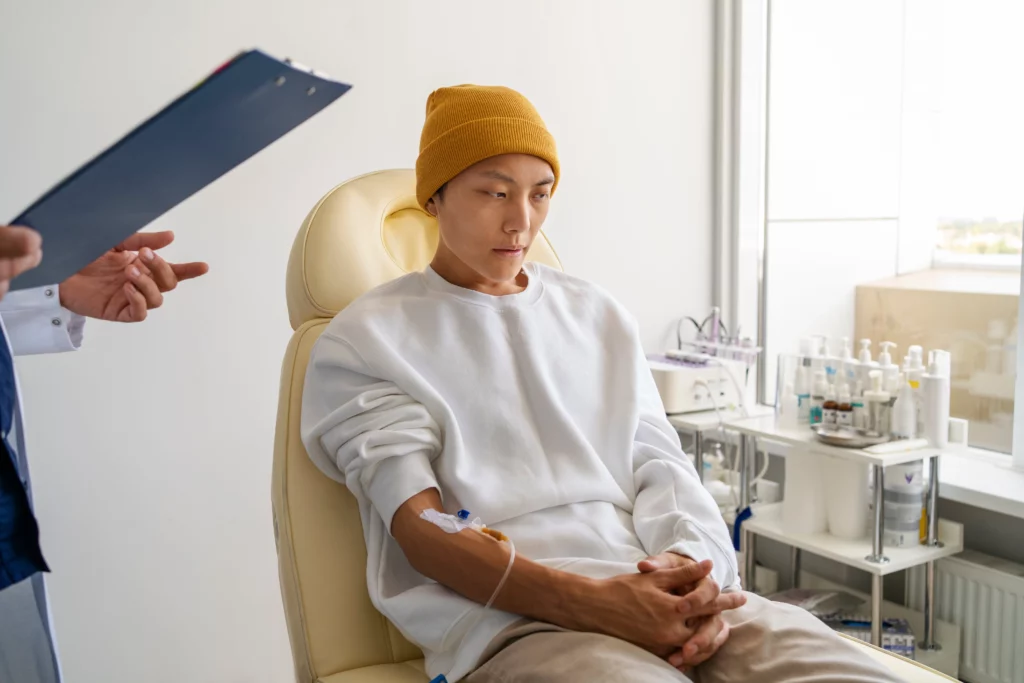Oncology scribes are essential in alleviating the documentation burden of busy oncologists allowing them to better address the needs of cancer patients. Generally, oncologists see up to 30 patients in a clinic day, often under emotionally charged situations. In the midst of this, the increasing documentation demands, medical reimbursement issues, and the heavy psychological toll of caring for terminally ill patients, oncologists often find themselves overworked and overwhelmed. By utilizing the services of oncology scribes, oncologists can dedicate more time to patient encounters, display excellent bedside manners, and provide compassionate care.
What are oncology scribes?
Oncology scribes are highly trained personnel who assist oncologists with documenting patient encounters and managing administrative tasks. Their primary role is to accurately document patient information, including medical histories, examination findings, treatment plans, and follow-up instructions, in real-time during the patient encounter. By doing so, oncology scribes relieve oncologists of the burden of documentation, allowing them to focus on direct patient care and spend more time interacting with their patients.
Less time on patient-centered care and more time on EHR care
The time constraints faced by oncologists are indeed a cause for concern. Recent studies have highlighted that a substantial portion of an oncologist’s time is consumed by administrative tasks rather than direct patient care. This imbalance has serious implications, leading to increased burnout rates and reduced job satisfaction among oncologists. However, the introduction of scribes into the healthcare system has shown promise in addressing these challenges while improving the overall quality of patient care, physician satisfaction, and cost efficiency.
Three main benefits of incorporating scribes in oncology practices
Firstly, scribes enable oncologists to devote their attention fully to patients, enhancing the overall quality of care. With scribes handling the documentation and administrative tasks, oncologists can engage in active listening, thorough examinations, and effective communication with patients, thereby fostering stronger doctor-patient relationships and improving patient satisfaction.
Secondly, the presence of scribes alleviates the administrative burden on oncologists, reducing their workload and improving work-life balance. By offloading time-consuming tasks such as electronic health record (EHR) documentation, order entry, and referral management to scribes, oncologists can better manage their time, leading to reduced stress and decreased burnout rates. This, in turn, promotes physician well-being and job satisfaction.
Additionally, the use of scribes has shown potential in enhancing cost efficiency within oncology practices. By freeing up oncologist’s time, scribes increase patient throughput, enabling physicians to see more patients without compromising the quality of care. This improved efficiency can lead to increased revenue for the practice and potentially reduce patient wait times for appointments, benefiting both the healthcare system and patients.
While the introduction of scribes has several advantages, it is essential to address potential challenges. Implementation considerations include scribe training, ensuring compliance with patient privacy regulations, and optimizing workflow integration with existing EHR systems. Clear communication and coordination between oncologists and scribes are crucial to ensure accurate documentation and maintain the continuity of care.
To conclude, the use of medical scribes in oncology practices has emerged as a promising solution to address the time constraints faced by oncologists. By relieving physicians of administrative tasks, oncology scribes improve the quality of patient care, enhance physician satisfaction, and promote cost efficiency. Integrating scribes into oncology workflows requires careful planning and collaboration, but the potential benefits make it a worthwhile investment in optimizing healthcare delivery and improving the overall well-being of oncologists and their patients.

